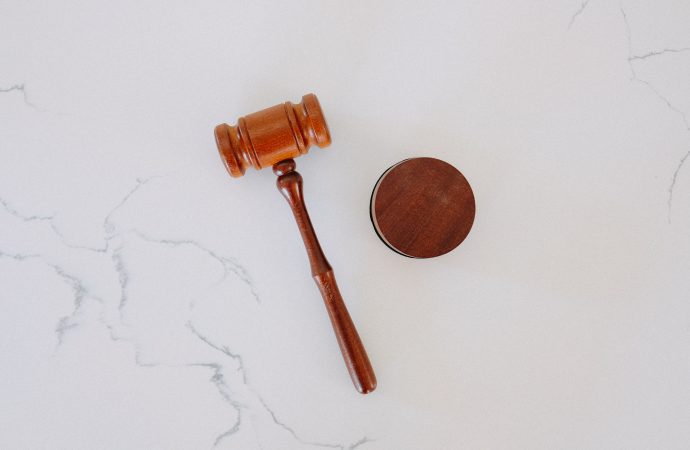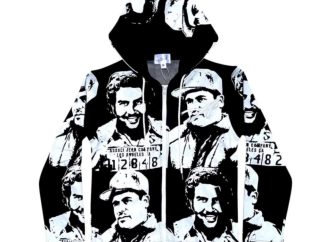In recent years, the Supreme Court has been faced with a unique challenge: how to combat terrorism in an era when social media has become ubiquitous. The law has had to be adapted and interpreted in new ways, as the traditional methods for preventing terror attacks and prosecuting terrorists have become increasingly difficult. Social media
In recent years, the Supreme Court has been faced with a unique challenge: how to combat terrorism in an era when social media has become ubiquitous. The law has had to be adapted and interpreted in new ways, as the traditional methods for preventing terror attacks and prosecuting terrorists have become increasingly difficult. Social media is making the Supreme Court’s fight against terrorism more complicated because it can be used by terrorist networks to spread their message, recruit followers and even plan terrorist attacks. In this article, we’ll examine how social media can be used by terrorists, as well as the legal challenges that arise when trying to monitor online activity for suspicious behavior.
The Supreme Court’s fight against terrorism
The Supreme Court’s fight against terrorism is becoming more complicated as social media platforms become increasingly popular. In the past, the Court has focused on physical threats to the nation, but now it must also consider the impact of online activity on national security.
The rise of social media has made it easier for individuals to connect with each other and share information. This can be a positive thing, but it also has its downside. For example, terrorists can use social media to recruit new members and spread their message. They can also use it to plan and coordinate attacks.
This was demonstrated in 2015 when terrorists used social media to plan and carry out the attack on the Charlie Hebdo magazine in Paris. The attackers used Twitter and Facebook to communicate with each other and share information about their target. This type of activity makes it more difficult for law enforcement to track potential threats and prevent attacks from happening.
The Supreme Court must now take into account the role of social media in terrorism when making decisions about national security. This is a complex issue, and there is no easy solution. However, the Court must be careful not to infringing on individuals’ rights while also keeping the nation safe from those who would do us harm.
Social media making the fight more complicated
In recent years, social media has becoming increasingly intertwined with the Supreme Court’s fight against terrorism. While social media can be a valuable tool for gathering intelligence and disseminating information, it also complicates the Court’s work in a number of ways.
First, social media platforms are global in reach and therefore present a challenge for the Court when it comes to jurisdiction. For example, if someone posts terrorist content on Facebook from outside the United States, is that person subject to U.S. law? The answer is not always clear.
Second, social media companies are generally reluctant to cooperate with law enforcement agencies, which makes it more difficult for the Court to obtain evidence in terrorism cases. For instance, Facebook has been reluctant to turn over data that could be used to track down terrorists and their supporters.
Third, social media can be used by terrorists to recruit new members and spread their message far and wide. This was evident in the case of Dzhokhar Tsarnaev, one of the Boston Marathon bombers, who used Twitter to communicate with potential recruits and promote his radical views.
Fourth, social media can be used by witnesses or victims of terrorist attacks to share information and connect with others affected by the same event. This was seen in the aftermath of the 2015 Paris attacks, when people used Twitter and other platforms to share information about what was happening and offer support to one another.
Finally, social media can make it more difficult for law enforcement agencies to prevent
The pros and cons of social media in this context
When it comes to social media and the Supreme Court, there are both pros and cons to consider. On the one hand, social media can be a great tool for educating the public about the work of the court and increasing transparency. On the other hand, social media can also be used to spread misinformation and simplify complex legal issues.
In this context, some of the pros of social media include:
The ability to reach a large audience with information about the court and its work
Increased transparency around court proceedings and decisions
A platform for public discussion and debate about legal issues
However, there are also some significant cons to consider when it comes to social media and the Supreme Court:
How social media can be used to fight terrorism
Social media can be a powerful tool in the fight against terrorism. By monitoring and tracking terrorist activity online, law enforcement and intelligence agencies can thwart attacks and disrupt terrorist organizations.
However, social media can also complicate the Supreme Court’s fight against terrorism. In 2015, the Court ruled that the government could not collect the phone records of millions of Americans without a warrant. But if terrorists are using social media to communicate and plan attacks, this ruling could make it more difficult for law enforcement to track them.
This is just one example of how social media can make the Supreme Court’s job more complicated. As technology evolves, so too does the challenge of keeping up with the latest trends in terrorist activity.
Conclusion
In conclusion, the Supreme Court’s battle against terrorism is becoming increasingly complex due to the rise of social media. Social media has both enabled terrorists to spread their messages further than ever before, while also providing an invaluable tool for intelligence agencies and law enforcement to track and disrupt terror networks. Ultimately, it will be up to the courts to navigate this murky legal landscape in order to ensure that freedom of expression is protected without inadvertently aiding those who wish us harm.





















Leave a Comment
Your email address will not be published. Required fields are marked with *